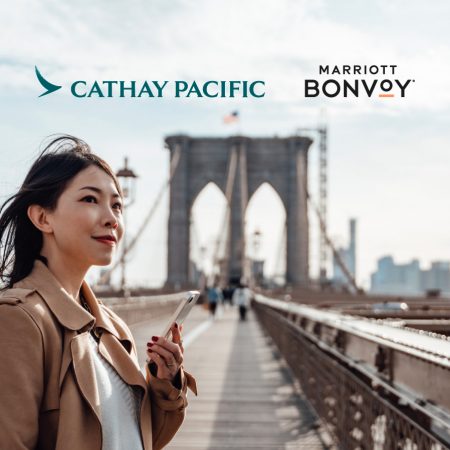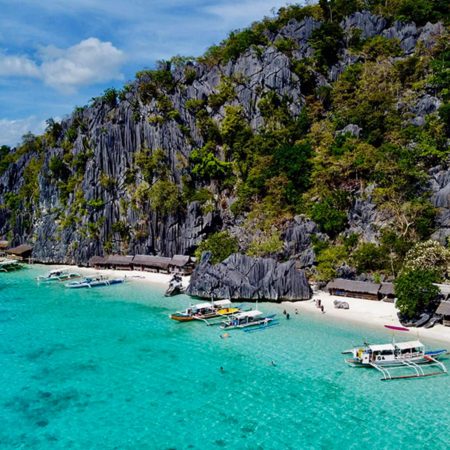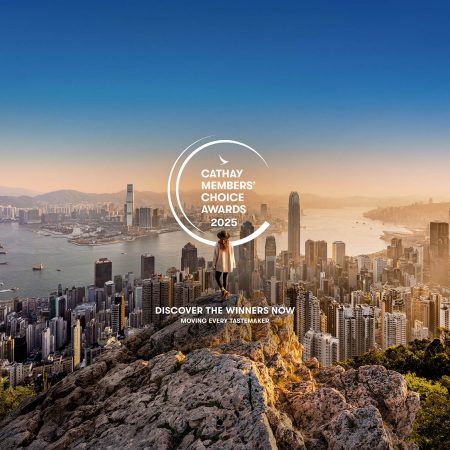Keeping Komodo wild
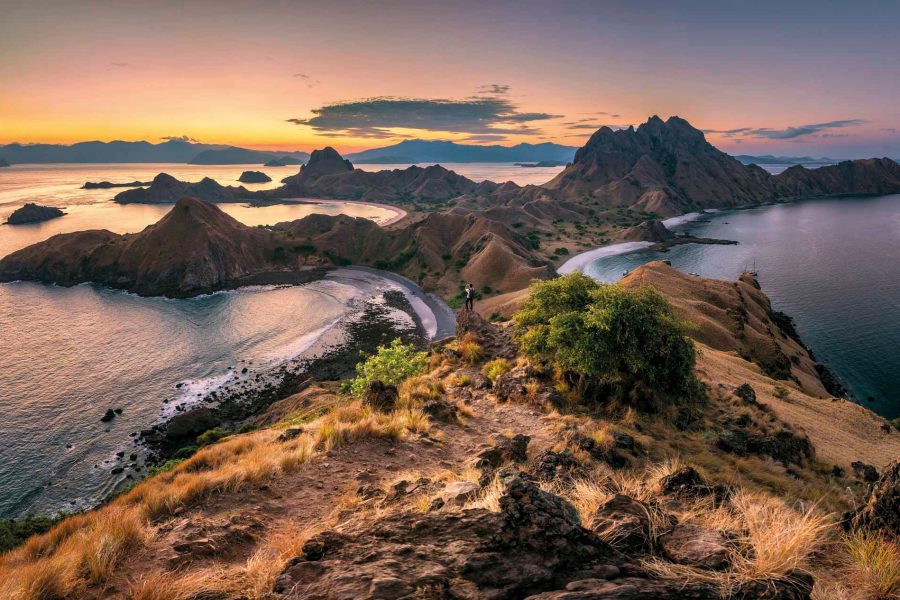
"Be careful – crocodile area", warns the weather-worn sign on the wooden jetty that our small boat is approaching at Rinca island. The crocodiles themselves are nowhere to be seen but we press on regardless, as we’re here to see another deadly member of the reptile family: the Komodo dragon. As soon as we arrive, our guide urges us to follow him, and we hurry towards a large tree standing alone on an otherwise barren stretch of dry earth. On first glance, there appears to be nothing more than a water buffalo bathing in a mud hole. But as we get nearer, we see them: a trio of three-metre-long Komodo dragons advancing hungrily on the distressed mammal.
Our guide explains that the buffalo has been bitten by a dragon about a week before, and that the slow-acting venom has now left it unable to walk and on the verge of death – which is when the huge lizards make their move. This, our guide explains, doesn’t happen very often, and we are incredibly lucky to see one of the most fearsome predators on earth in action – although it’s hard not to feel sorry for the buffalo as the dragons put their powerful jaws to work.
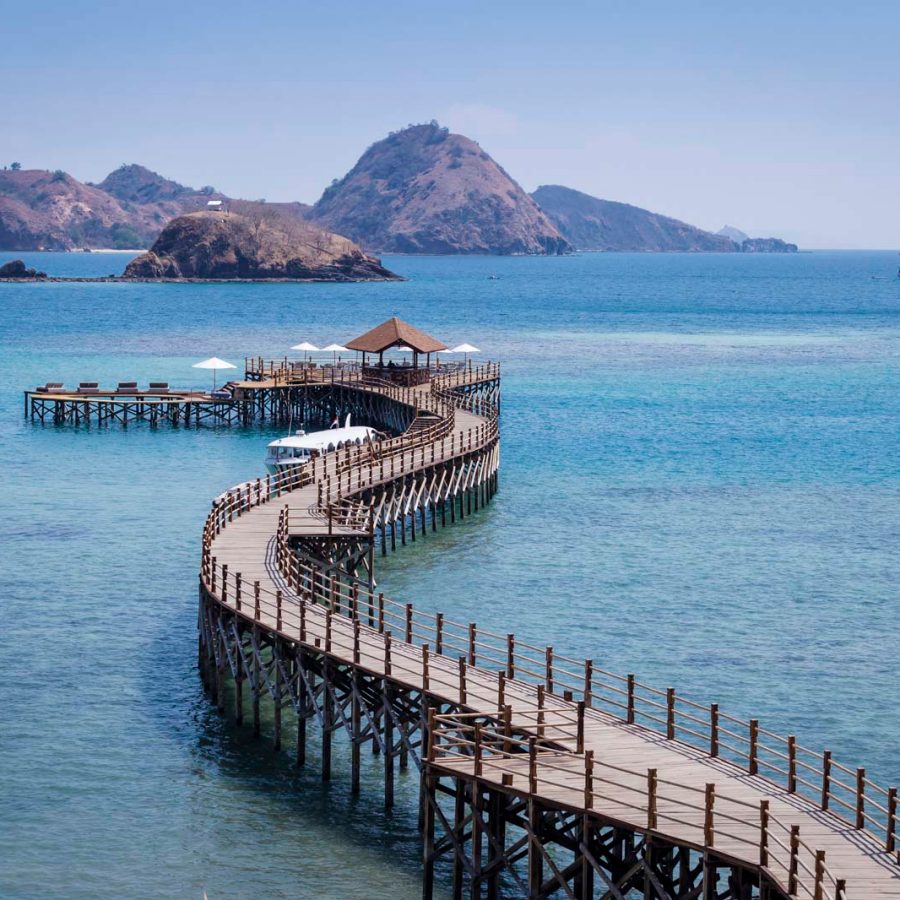
These prehistoric beasts are, of course, the greatest draw for visitors to Indonesia’s Komodo National Park, but they are also only the tip of the iceberg when it comes to the area’s natural wonders. A UNESCO-recognised World Heritage Site and Biosphere Reserve, Komodo National Park is home to one of the richest marine environments on the planet, with more than 260 types of coral and over 1,000 species of fish, reptiles and marine mammals living within its 1,733-square-kilometre territory.
It’s also one of the most beautiful places on Earth, comprising 29 verdant volcanic islands that rise dramatically out of the sea. It offers plentiful opportunities for trekking and wildlife-spotting, while sheltering more than 50 world-class scuba-diving sites. In the space of one day here, it’s not uncommon to see Komodo dragons, swim with giant manta rays, snorkel with turtles and vast schools of fish amid fluorescent coral gardens, and watch thousands of fruit bats fly overhead as the sunset paints the sky fiery shades of orange and red.
Unsurprisingly, this compelling combination of abundant wildlife and picture-postcard scenery has seen tourist numbers soar, particularly since 2011, when the national park was voted one of the ‘new seven wonders of nature’ in a poll by the New7Wonders foundation. Its year-round temperate climate is another draw, as is its easy accessibility: from Bali, visitors take an hour’s flight to the town of Labuan Bajo, where boats take them on to Komodo National Park. The park’s main islands are Komodo, Padar and Rinca – all are home to the famed dragon, a prehistoric animal only found in the vicinity.
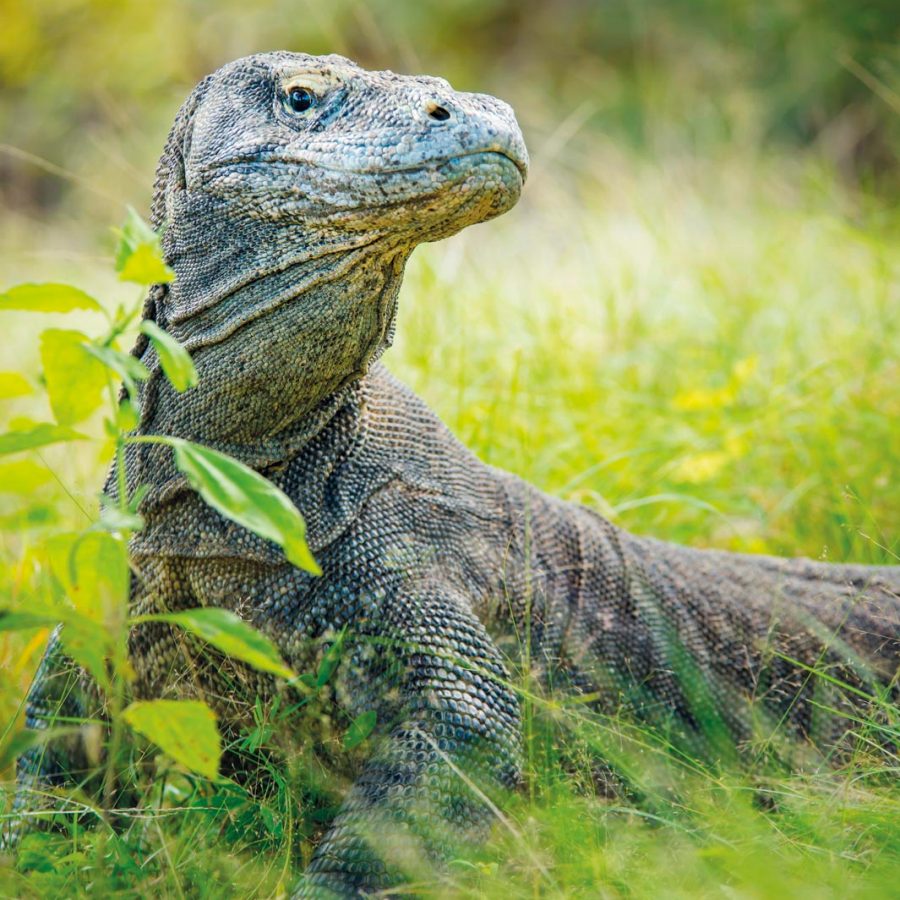
Credit: Guenter Guni
"The marine fauna found in and around the waters of Komodo National Park are among the most diverse, varied and colourful in Southeast Asia," says Fernando Arroyo, general manager of Ayana Komodo Resort, Waecicu Beach, an architecturally striking property that opened last September on a private stretch of beach a few kilometres from Labuan Bajo. "And the best part is, they are very easily accessed. Visitors do not need to be certified divers or experienced swimmers to enjoy and admire the beauty of Komodo’s nature, as these wonders can be observed at very shallow depths. All you need is a mask and snorkel, and anyone can enjoy this marvel."
Ayana Komodo isn’t the only newcomer to Labuan Bajo. Once a sleepy fishing village, the town is now brimming with dive shops, guest houses and tour operators. Slicker-looking shops and restaurants have begun to appear amid locally owned stores and no-frills eateries, while a hotel with a small shopping mall attached is being built by the harbourside; a sign in one of the windows advertises that Starbucks is coming soon.
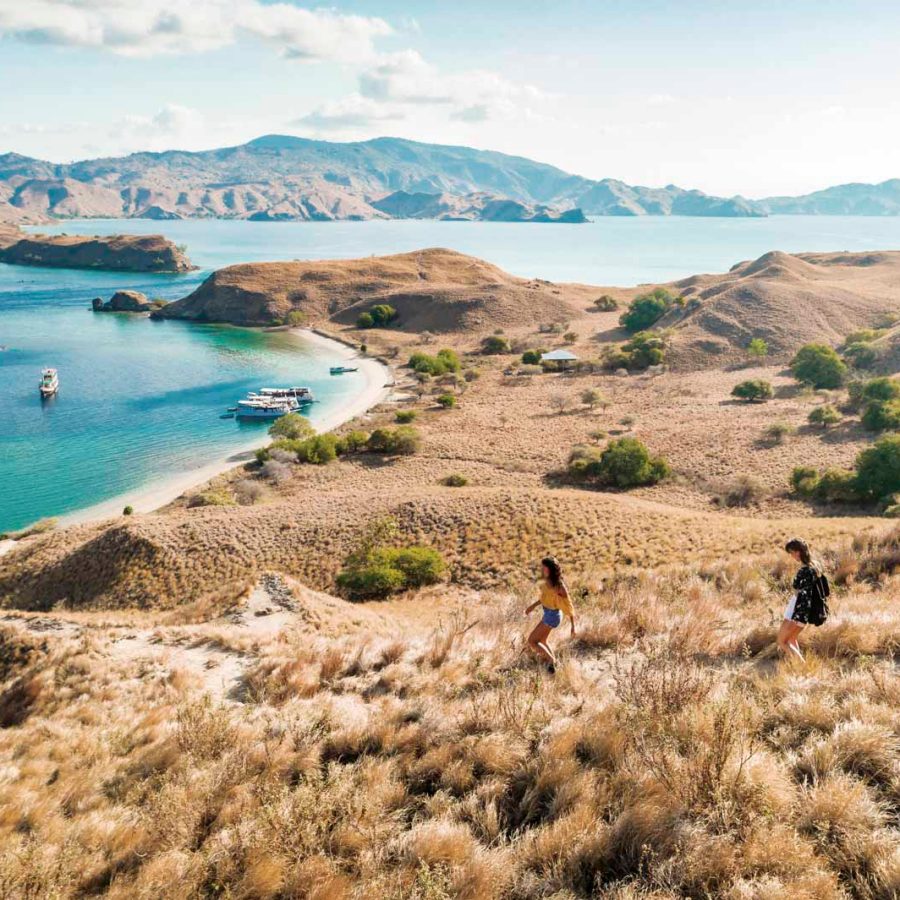
But with the area’s rapid expansion has come environmental concerns. In particular, it faces growing plastic pollution – a problem that many beach and marine areas around the world contend with. But steps are being taken to preserve Komodo. The Indonesian government has discussed limiting the number of visitors allowed into the national park, raising the entrance fee considerably and, most drastically, closing Komodo island completely for all of 2020 to revitalise its population of lizards by replenishing the wild deer they prey on. (However, so far the plan is for all of the park’s other islands to remain open.) Indonesia has also pledged to spend US$1 billion a year to bring about a 70 percent reduction in marine waste by 2025.
Amid the tourism boom and the efforts to mitigate its effects, the Ayana hotel has adopted a sustainable mindset – one that is necessary if Komodo’s natural treasures are to survive that boom. Mindful of the fact that its success is inextricably linked to the preservation of the fragile ecosystem in which it is located, the hotel places as much emphasis on conservation and promoting environmental awareness as it does on providing luxurious experiences for its guests, including a contemporary spa and a small fleet of custom-built boats for transporting guests around the archipelago.
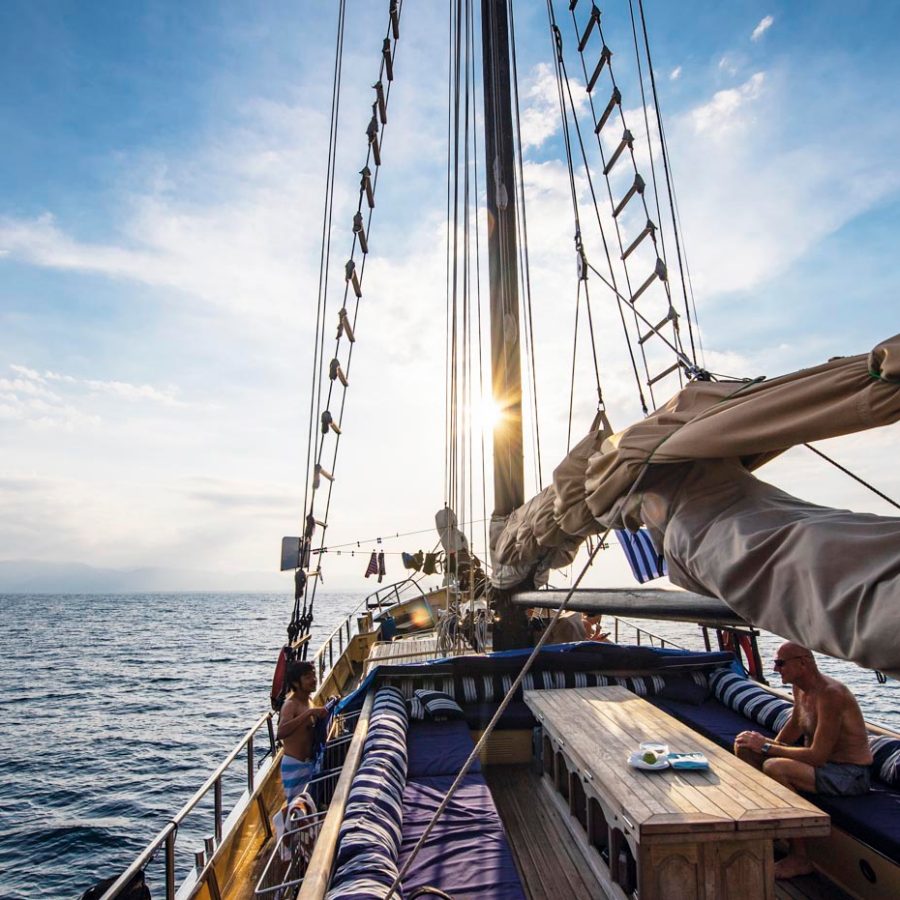
Credit: Henn Photography / Getty Images/Image Source
As well as helping visitors understand the biodiversity of the marine park and its coral reefs, the resort’s resident marine biologist, Yan Huajing, is instrumental in the Ayana’s education programmes that teach local residents the importance of proper rubbish disposal and the benefits of reusable containers over single-use plastics. Plans to phase out the use of plastic water bottles throughout the resort are in the pipeline.
Guests can even help to propagate coral on specially designed frames below the waves, or simply marvel at the colourful coral gardens located a few dozen metres from the shore – either by snorkel, glass-bottomed kayak or on a ‘marine walk’, for which participants don dive helmet that allow for a leisurely undersea exploration.
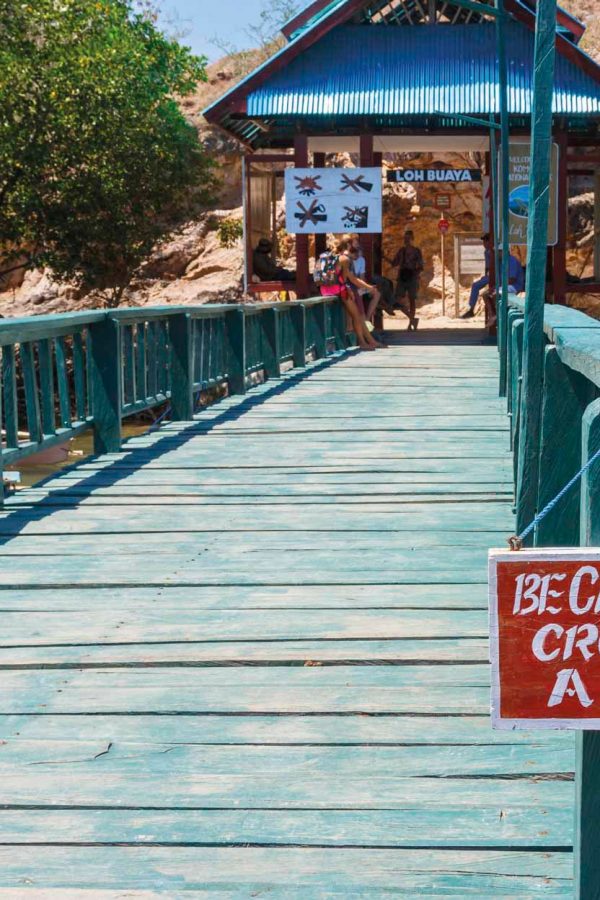
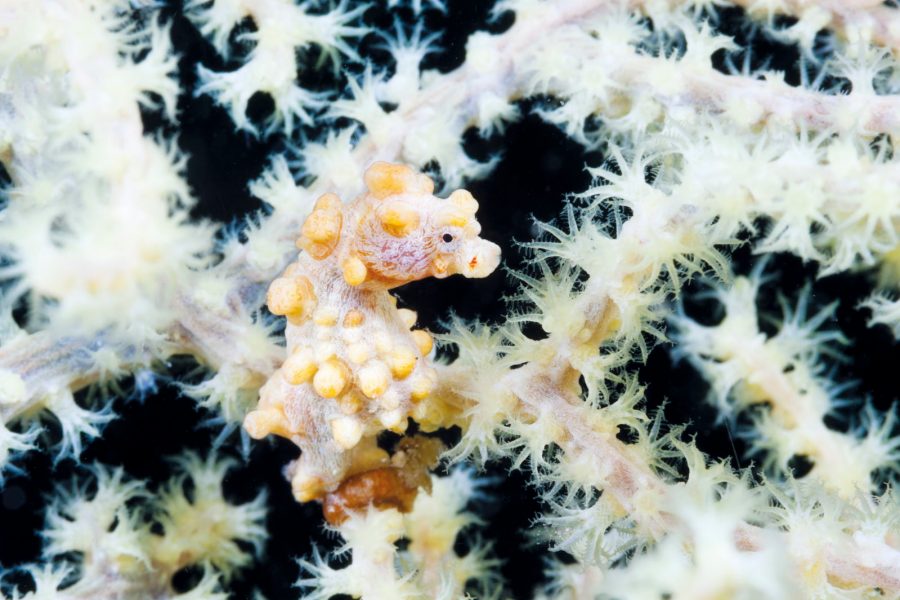
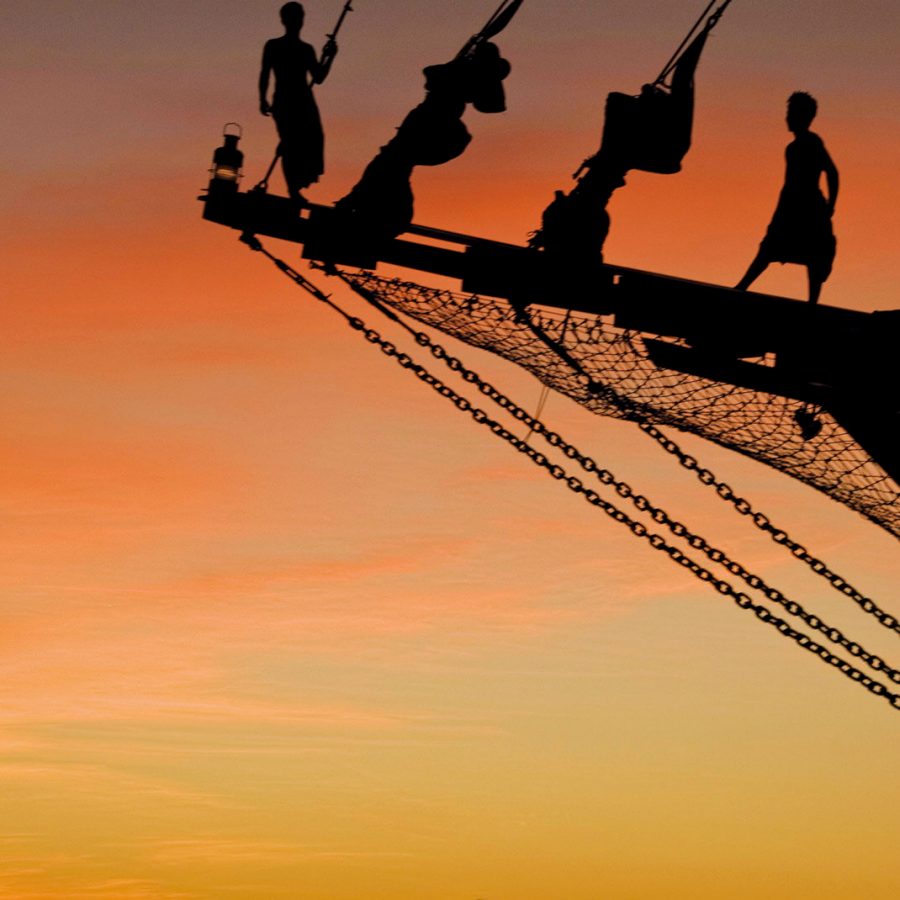
"We are so fortunate to be located in such an important marine diversity hotspot," says Yan. "To preserve the beauty of the nature around us and ensure that younger generations will have the opportunity to appreciate it all, it is absolutely crucial for us to provide awareness in conservation and promote sustainability programmes."

Credit: Ringo Wong / Getty Images / iStockphoto
Five animals to stop at Komodo National Park
Komodo dragons
A chance to see the world’s biggest lizard in its natural habitat is the main reason most people come to Komodo. Placid as they sometimes appear, these beasts can be deadly, so be sure to follow the park rangers’ instructions.
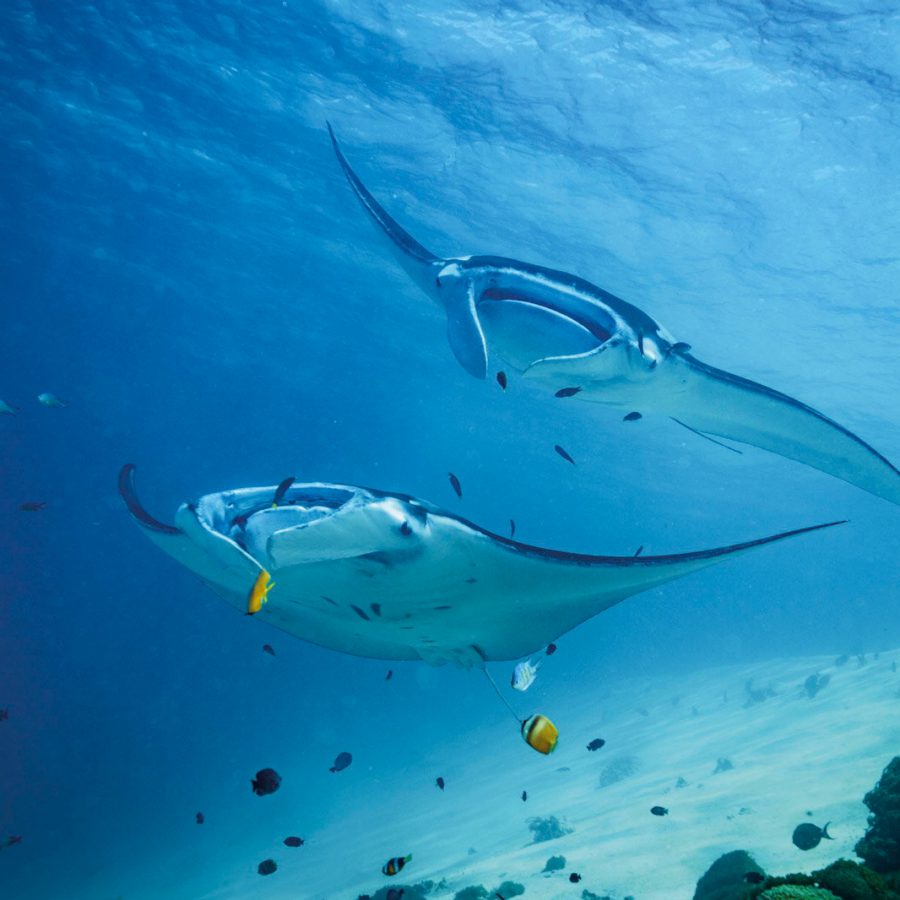
Credit: Sergemi / Shutterstock
Giant manta rays
Featuring wingspans of up to five metres, there are few creatures in the ocean more graceful or awe-inspiring than the giant manta ray. At the aptly named Manta Point near Komodo island, it’s not unusual to find yourself swimming among five or six of the gentle giants.

Credit: Patrick Kientz / Biosphoto
Sunda flying foxes
Every night at sunset, boats head to Kalong island for one of Komodo’s most incredible sights: the flight of the Sunda flying foxes. These large fruit bats awake as the sun goes down and take to the sky en masse as they head to a neighbouring island to feed.
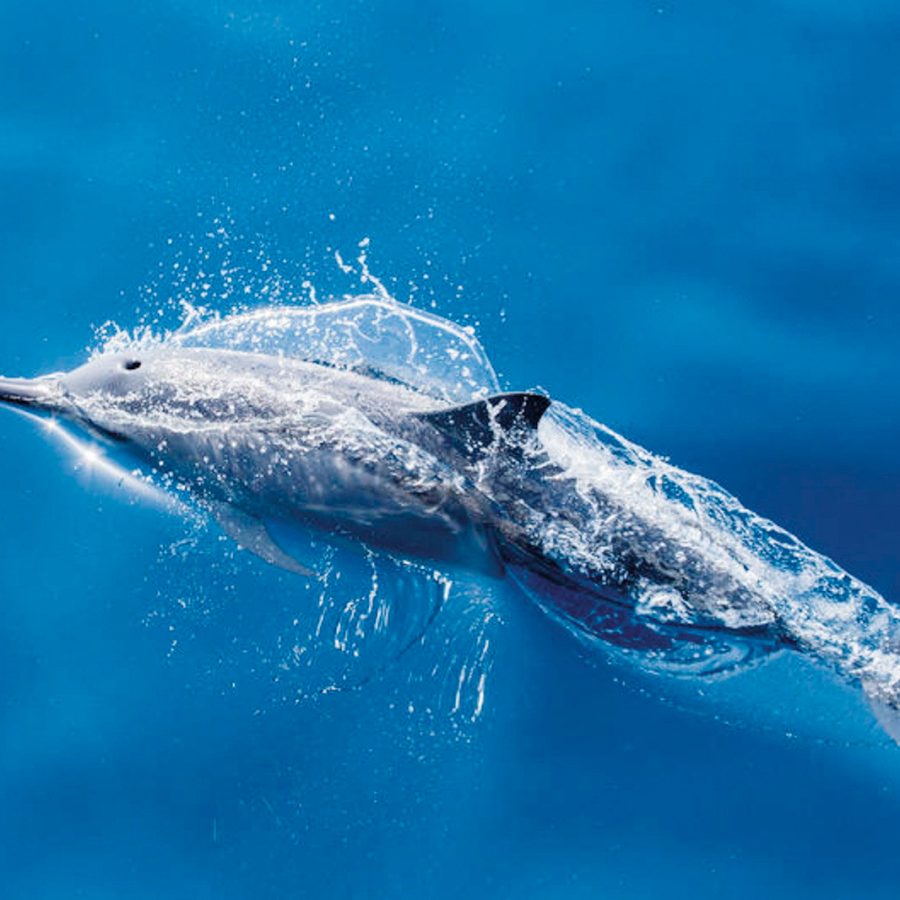
Credit: Carefordolphins / Alamy Stock Photo
Dolphins
Up to 18 species of whales and dolphins have been recorded in the waters of Komodo National Park, but while you’re unlikely to see all of them on one trip, chances are high that you’ll catch sight of spinner and bottlenose dolphins frolicking in the waves.

Credit: Megan Weber
Dugongs
If you’re very lucky, you may get the chance to swim with dugongs – also known as sea cows – grazing in Komodo’s aquatic gardens. Lured by the area’s abundance of their favourite snack, seagrass, these portly marine mammals grow up to three metres in length.
More inspiration
- China – the Chinese Mainland, Hong Kong SAR, Macao SAR and Taiwan Region
- Hong Kong SAR - English
- Chinese Mainland (China) - English
- Taiwan, China - English
- 香港特別行政區 - 繁體中文
- 中国內地 - 简体中文
- 中國台灣 - 繁體中文
- Africa
- South Africa - English
- Asia
- Bangladesh - English
- Korea - English
- Singapore - English
- Cambodia - English
- 한국 - 한국어
- Sri Lanka - English
- India - English
- Malaysia - English
- Thailand - English
- Indonesia - English
- Maldives - English
- ประเทศไทย - ภาษาไทย
- Indonesia - Bahasa Indonesia
- Myanmar - English
- Vietnam - English
- Japan - English
- Nepal - English
- Việt Nam - tiếng Việt
- 日本 - 日本語
- Philippines - English
- Australasia
- Australia - English
- New Zealand - English
